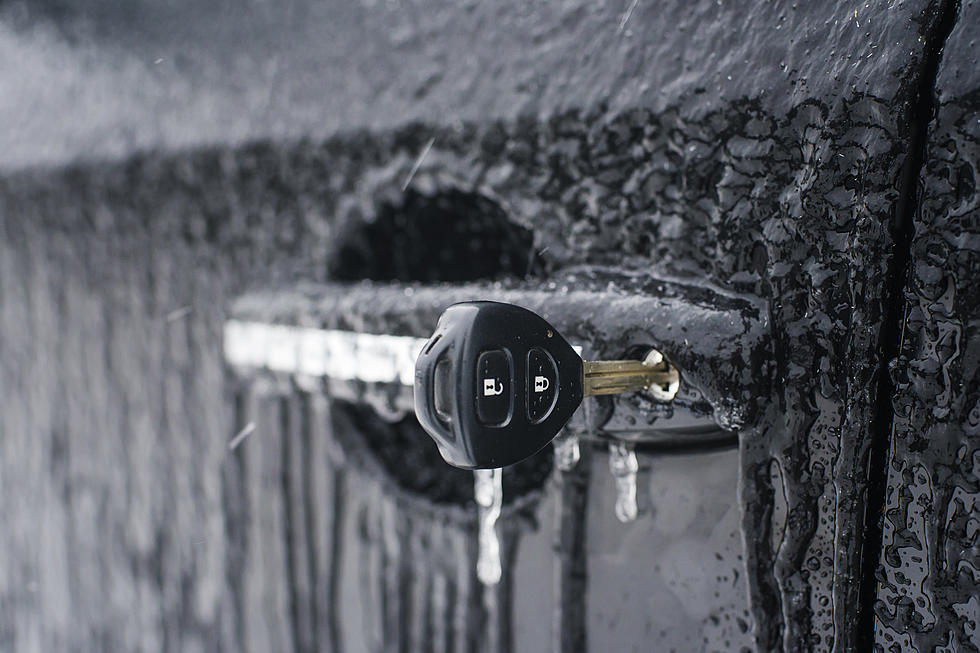
Most Common Mistakes Minnesotans Make When Starting Their Vehicle In Frigid Weather
We're getting our first dose of "real winter" temperatures across the region, with all of Minnesota and Wisconsin under either a wind chill advisory or wind chill warning to start the week. Here in Duluth, where I live, the wind chill was around -30 this morning. Brr!
With air temperatures at their warmest to start the week around zero and wind chills well below that, plenty of people across the region find themselves crossing their fingers their vehicle starts in this cold weather.
While the ideal scenario is that you have a heated garage you can park in and that your car's battery and engine are at full strength, that often isn't the case.
When the weather gets this cold, there are some common mistakes people make that can cause problems for your vehicle. Here are a couple of the most common mistakes people make and how to avoid making those mistakes for yourself.
Before you start, shut things off
This is probably the biggest one people don't think about.
Some people just always leave their heater fan and defroster on full-blast all of the time, just leaving them on when they shut their vehicle off. That's a bad idea when it gets this cold.

Before trying to start your engine, you should turn off your heater fan and defroster to make sure you can devote as much of your battery's energy as you can toward starting your engine. Going the extra mile and turning off lights and anything else that might be drawing electricity from your battery can also be helpful in giving your vehicle's engine as much juice as you can to try to get your engine started.
Once your engine is started, you can start turning on the heater, seat warmer, lights, and whatever else you need. But getting your engine started in the first place needs to be the main priority. Once it is running, the engine will help keep a charge on the battery to keep those accessories running.
Warm things up a bit
It seems like more people pay attention to this rule, at least some. While you don't need to get your vehicle warmed up to the point it feels comfortable inside, you do need to give your engine a few minutes to warm up after getting it started.
Fluids get thicker in cold weather, making them less capable of doing what they're supposed to do at full efficiency. Similarly, hoses get stiffer in cold weather. Allowing the engine's fluids and components to warm up a little before putting strain on the engine while driving can help prevent serious problems for your vehicle. In many cases, a few minutes should do it.
Once you get your engine warmed up a bit, it is also a good idea to take it easy for the early part of your drive.
Other cold weather notes
Other things to consider include regular maintenance like oil changes to make sure those fluids and parts are in the best condition possible to handle cold conditions.
Scrape your (whole) windshield! Don't be the person who drives with a small hole of visibility while you wait for your defroster to catch up. Yes, I know it's cold, but that can be dangerous!
READ MORE: Is this the most hilariously-named business in Minnesota?
Making sure your battery is up to the task of providing enough of a charge to start is also important, and can usually be checked as part of an oil change if you don't have the tools to do it yourself.
Another valuable thing you've probably heard before is keeping your fuel tank at least half-full during cold weather. There's a lot to this point. Engines are less efficient when it gets brutally cold, so making sure you have enough in your tank to warm your engine up a bit and to get to your destination is important. In addition, it will help avoid moisture-related freeze-up issues when your gas level is too low.
Finally, keep an eye on your tire pressure. The colder it gets, the lower your air pressure will be. If your tires are low, it is a good idea to top them off to make sure you're not negatively impacting your fuel economy, tire lifespan, stopping distance, and other factors.
Snowiest Cities & Towns In Minnesota
Gallery Credit: Nick Cooper
